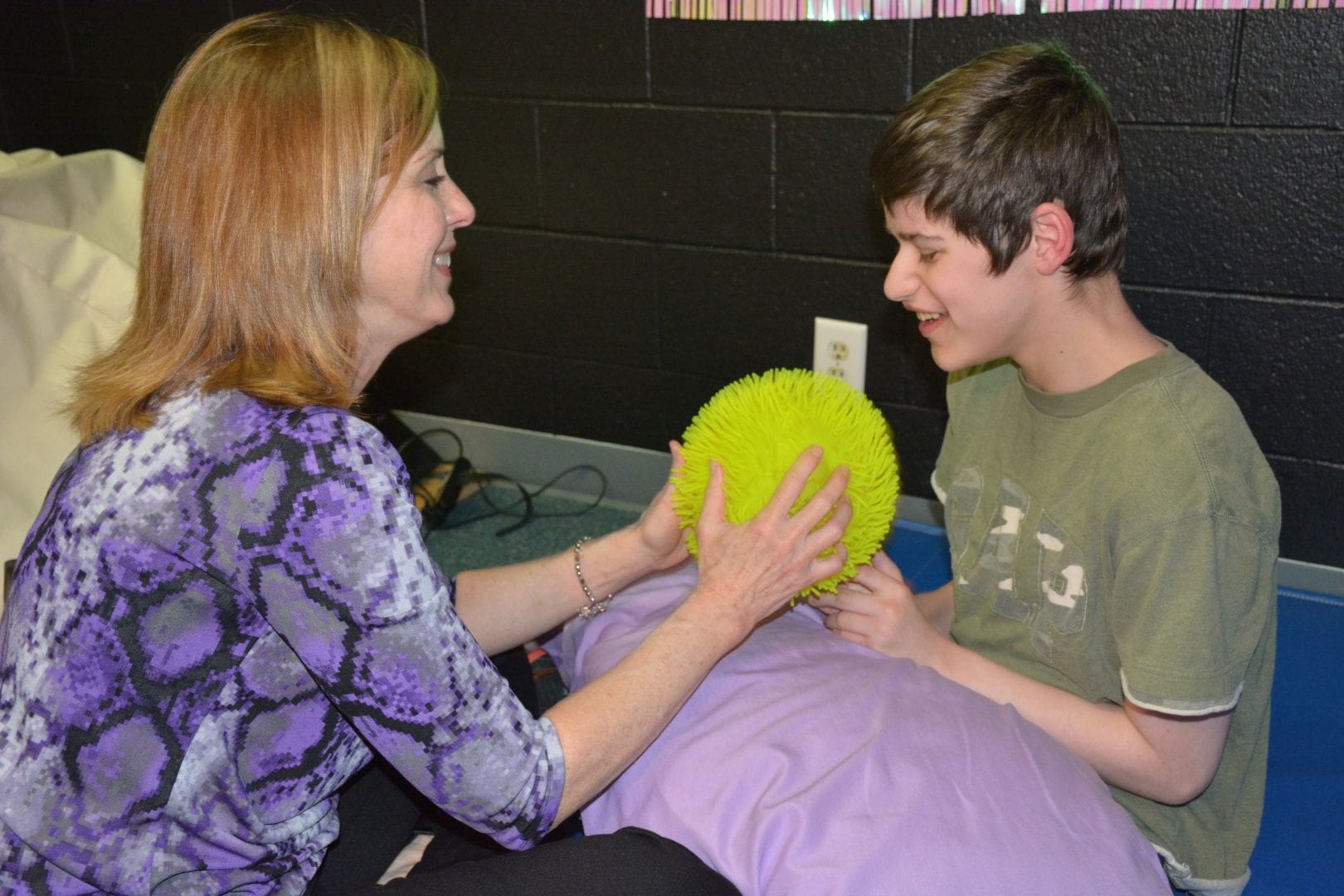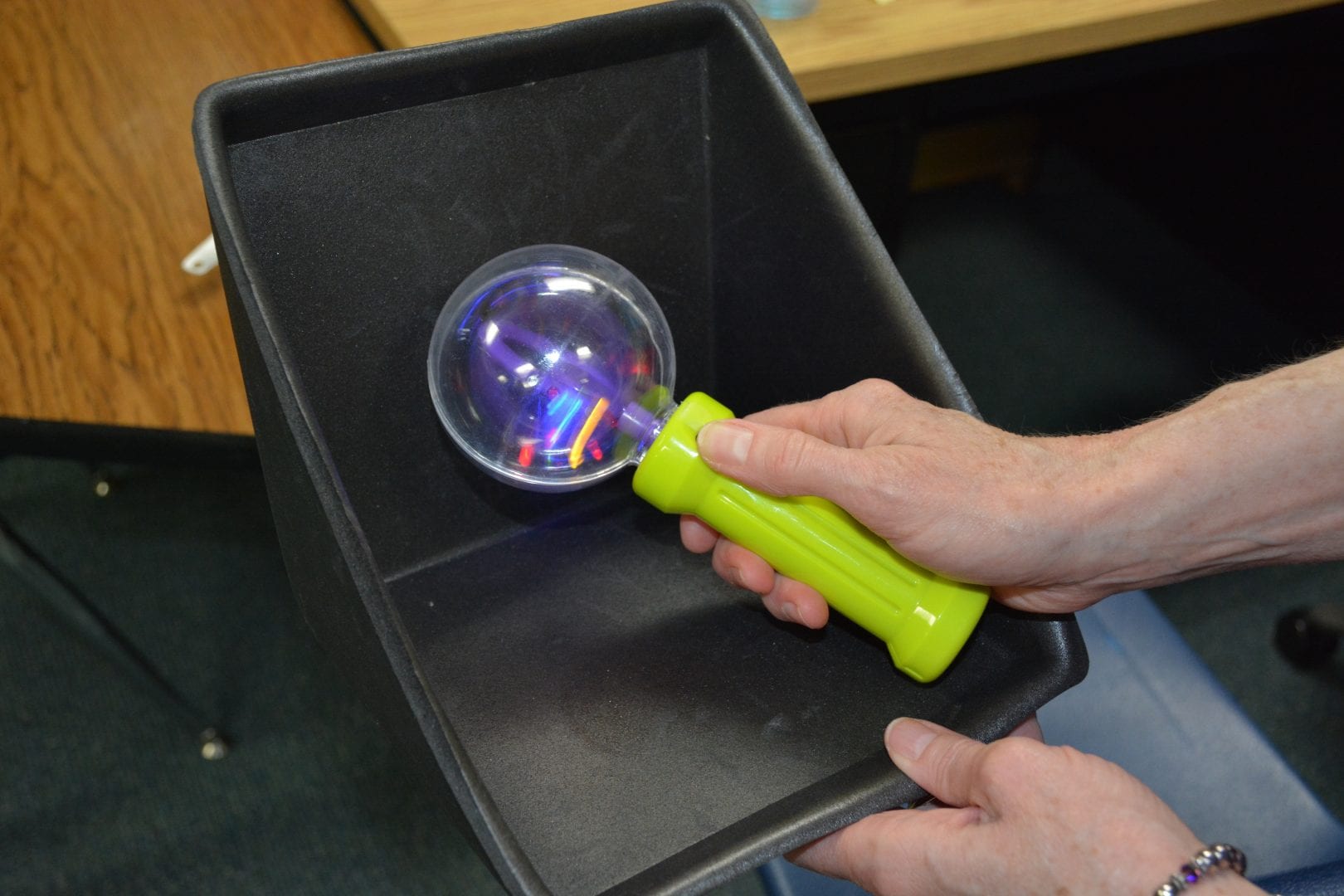Environment: dev.aph.org — Current roles: guest
 Sensorimotor Spotlight: Where the Rubber Meets the Road
Sensorimotor Spotlight: Where the Rubber Meets the Road
Early in my career, I was privileged to work in a place where I was trained in Van Dijk methodology. The training had two essential components. The first was to understand the research-based evidence related to the early cognitive development that establishes the foundation for communication skills. For example, I had to understand that the use of alternative and augmentative communication strategies, like signing and picture exchange, are impossible without the cognitive skills of cause and effect and imitation. Second, I had to know how to help learners develop those skills if they did not have them. I learned how to do resonance routines and provide pre-symbolic communication experiences in object calendars. Evidence that points to the principles of best practice is the road. The teams that apply strategies based on those principles in everyday instruction are the rubber.

Several years back, when I knew I would be revising and updating the Sensory Learning Kit Guidebook, I told Stacey Chambers, author of the Sensorimotor Spotlight newsletter, that I needed her help to answer two questions before proceeding with that work. Can teams actually use the strategies and tools contained in the Sensory Learning Kit Guidebook and, if they can, do they yield significant positive results? Stacey, her administrator, and the members of her teams agreed to conduct a research project designed to answer those two questions.
The results of that project were published last Spring in the Journal of Visual Impairments and Blindness and in Solutions, Closing the Gap’s online journal. The results were good. Stacey’s teams were able to apply the strategies and tools and they did make a significant positive difference. There is even better news. After the research project ended, Stacey and her team never stopped. They are still applying those strategies and tools in ever-expanding contexts. To meet the needs of learners and their partners, they have modified the original tools, developed new tools, and put in place pragmatic approaches to make collaboration more efficient.
Other special educators serving learners at the sensorimotor stage of development learned about Stacey and her team’s work in workshops presented in their area. After receiving many requests for additional support after those workshops, the team decided to start providing some of that support in a newsletter, the Sensorimotor Spotlight. To make this resource available to a wider audience, The American Printing House for the Blind announced its debut and provided a link to it on their multiple disabilities page. I am delighted that Stacey has asked me to provide a short comment section each month.
Stacey, her team, APH, and I hope that this newsletter will be a venue for sharing and used by many teams serving learners at the sensorimotor stage of development. We know that providing best practice instruction to this population presents unique challenges. We challenge readers to share their own successes in meeting those challenges and ask for ideas about addressing challenges that still exist. Let us know how we can help.
